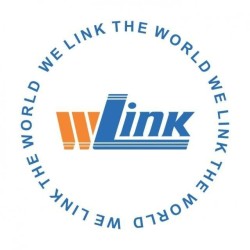Global supply chain pressure eases as freight rates drop
The Global Supply Chain Pressure Index (GSCPI) reported a level of 1.05 in September 2022, just a quarter of the peak reported in December 2021, has shown that disruption The supply chain segment has been improved for the better.

The index is at this level similar to that reported in November to December 2020. While some ports, such as Houston, have seen high levels of congestion (around six weeks) due to an increase in volumes. Global port congestion appears to have eased from its December 2021-January 2022 peak. The Freightos Baltic Index fell 9%, to $3,699, roughly on par with the World Containers Index of Drewry, has dropped to a third of its peak rates.
FBX12 reported a 22% drop in North Europe to China/Asia rates and recorded its lowest quote ever at $375. Meanwhile, US West Coast to China (FBX01) rates were reported at $2,435, even lower than those reported by Drewry's.
Cargo volumes at US ports also seem to indicate/reflect this, with August throughput at the ports of New York, New Jersey, Los Angeles and Long Beach being lower than last year, around the time the indices peaked (September 2021). The reduction ranges from -0.5% to -16%. Global Schedule Reliability at 47%, close to December 2020 level, which reflects reduced Global Supply Chain pressure.
Everyone will focus on the US September inflation report, expected this week. This could give transportation analysts a signal where rates are headed in the near future. Rates are unpredictable, as the holiday season coincides with peak demand, however, this year has been pre-planned from importers and retailers and we could see a surplus of inventory in the US.
While China reopens this week, some analysts see the massive drop in spot rates as a selling proposition to further boost the country's exports, which have been quiet. Despite the negative overall picture, rates on US-Europe trade routes are at record highs as previously reported by Drewry's, similarly, rates on China-Africa and Europe trades Europe and South America also increased.
Source: Phaata.com (According to According to Gautham Krishnan | ContainerNews)
Phaata - Vietnam's First Global Logistics Marketplace
► Find Better Freight Rates & Logistics Services













.png)




.jpg)

